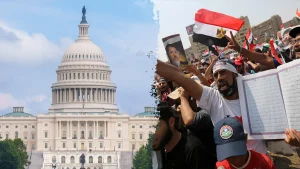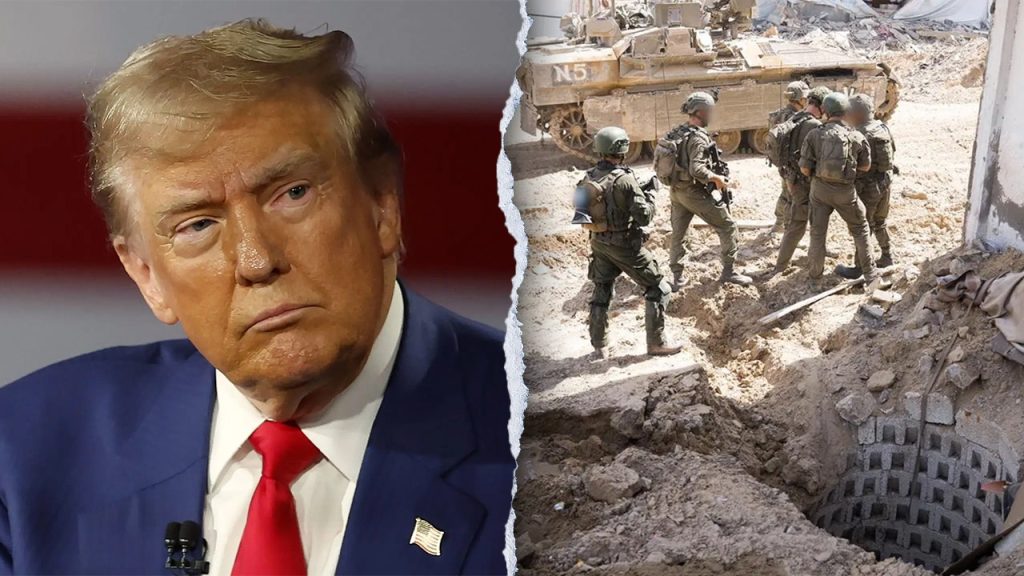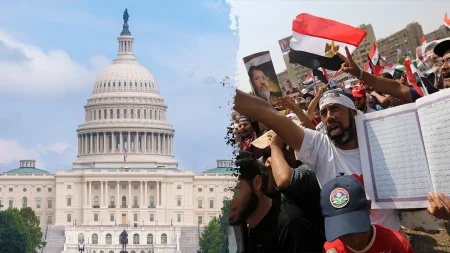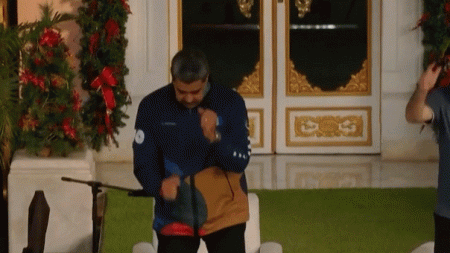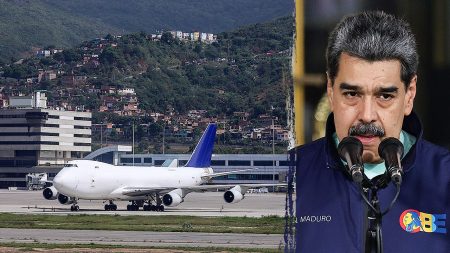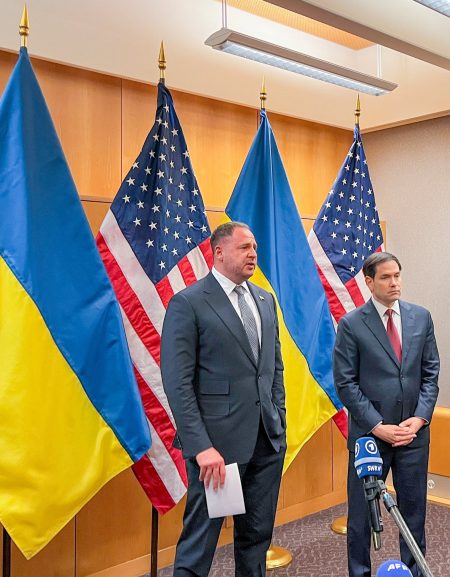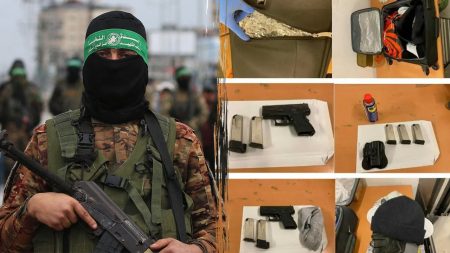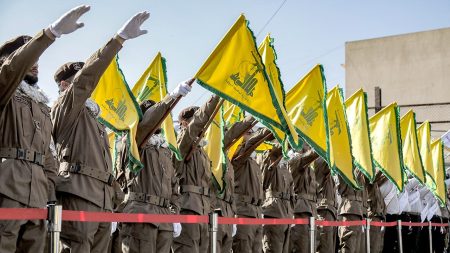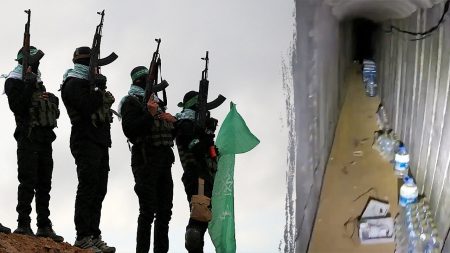Trump’s Middle East Peace Plan Emerges Amid Continued Regional Tensions
In a striking juxtaposition of diplomacy and military action, President Donald Trump’s administration unveiled a new 21-point peace initiative at the United Nations while Israel conducted long-range strikes deep into Yemen. The contrast highlights the complex and volatile nature of Middle East politics, where peace negotiations often occur against a backdrop of ongoing violence. Trump’s meetings with Arab leaders on the sidelines of the UN General Assembly centered around what has been dubbed the “Trump 21-point plan for peace in the Middle East,” aimed primarily at bringing the Gaza war to what a White House official described as an “expeditious close.” Special Envoy Steve Witkoff, who presented the plan, noted it addresses both Israeli concerns and those of regional neighbors, emphasizing the return of all hostages, an end to attacks on Qatar, and the establishment of a new dialogue framework between Israelis and Palestinians.
The diplomatic outreach appears to have gained initial traction among key stakeholders. Arab officials characterized their discussions with Trump as “productive,” particularly after seeking assurances regarding Israeli annexation of the West Bank. Even Palestinian Authority President Mahmoud Abbas, speaking via recorded address after being denied entry to the United States, signaled openness to the proposal. “We declare that we are ready to work with U.S. President Donald Trump and with the Kingdom of Saudi Arabia and France, the United Nations and all partners,” Abbas stated, while maintaining that “Palestine is ours” and “Jerusalem is the jewel of our hearts and our eternal capital.” This conditional support came with Abbas’s assertion that the Palestinian Authority stands prepared to assume governance and security responsibilities in Gaza, provided Hamas disarms.
Israeli Prime Minister Benjamin Netanyahu, while not directly addressing the 21-point proposal, acknowledged the diplomatic momentum before his planned address to the UN General Assembly. “In Washington, I will meet for the fourth time with President Trump,” Netanyahu stated, framing the discussion in terms of “great opportunities our victories have brought” alongside the need to “complete the war’s objectives.” These objectives, as outlined by the Israeli leader, include returning all hostages, defeating Hamas, and expanding “the circle of peace.” The diplomatic language stands in stark contrast to Israel’s simultaneous military operations, revealing the multifaceted approach Netanyahu’s government continues to pursue in addressing regional threats while engaging in peace discussions.
Even as Trump’s diplomatic efforts unfolded in New York, Israel significantly escalated its military campaign against Iran-backed militias. The Israel Defense Forces (IDF) confirmed conducting extensive airstrikes against Houthi targets in Sana’a, Yemen—targets located more than 2,000 kilometers from Israel’s borders. This military action came less than 24 hours after a Houthi drone struck a hotel in Eilat, injuring 24 people. The operation, code-named “Package Delivered,” reportedly involved dozens of aircraft, long-range refueling capabilities, and resulted in an estimated 50 militant casualties, according to Israeli officials. This marked Israel’s fifteenth strike in Yemen since the outbreak of the current conflict, demonstrating both Israel’s extended military reach and its commitment to responding forcefully to attacks on its territory.
The White House has positioned Trump as uniquely capable of resolving the Gaza conflict, with a senior official noting that foreign partners “expressed broad agreement that President Trump was the only one who could end the fighting in Gaza.” This framing aligns with the administration’s broader messaging around Trump’s diplomatic capabilities in the region, which previously yielded the Abraham Accords normalizing relations between Israel and several Arab states. The current peace initiative appears designed to build upon those earlier diplomatic achievements while addressing the immediate crisis in Gaza that has devastated Palestinian civilians and created a humanitarian emergency requiring urgent resolution.
The stark contrast between diplomatic overtures and military escalation underscores the fraught nature of Middle East peace efforts. As Defense Minister Israel Katz declared following the Yemen strikes, “Those who harm us will be harmed sevenfold,” Israel continues to pursue multiple, sometimes seemingly contradictory, paths simultaneously. The country engages in peace talks while expanding its military campaign against Iran-backed proxies across the region. Similarly, Arab leaders express support for a peace initiative while maintaining their fundamental positions regarding Palestinian rights and Jerusalem’s status. This complex dance of diplomacy, deterrence, and military action reflects the multidimensional challenges facing all parties seeking stability in one of the world’s most volatile regions.

